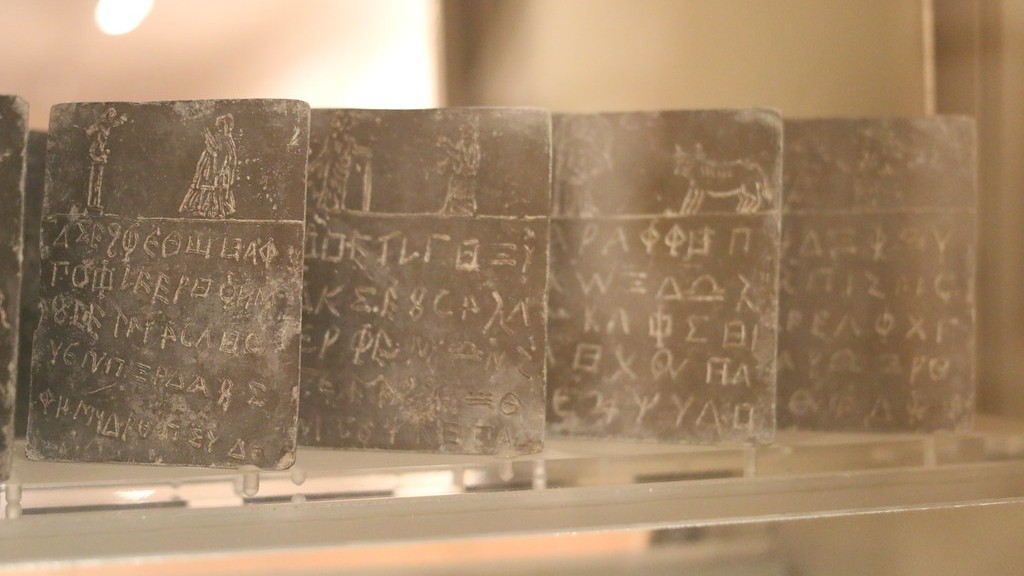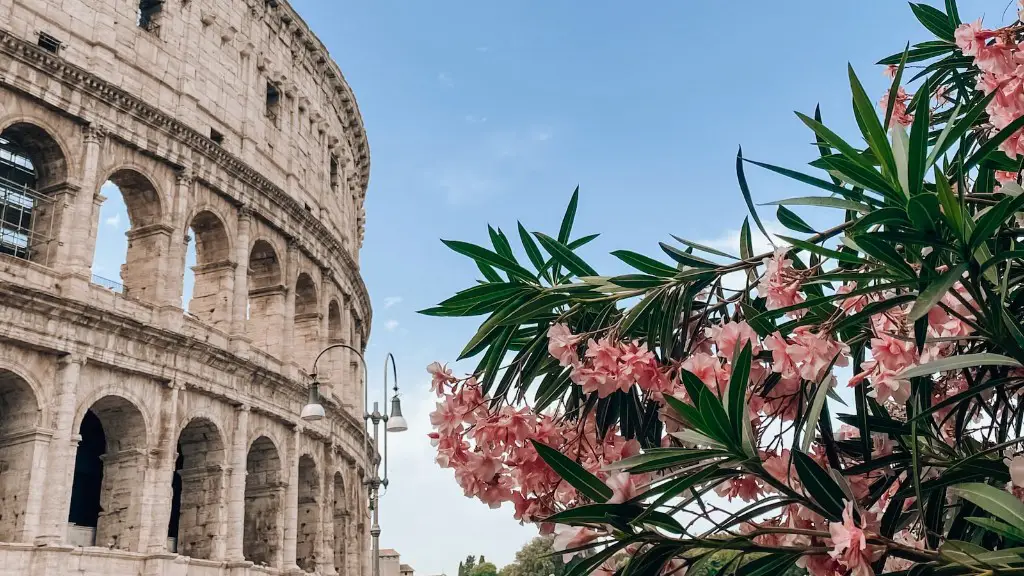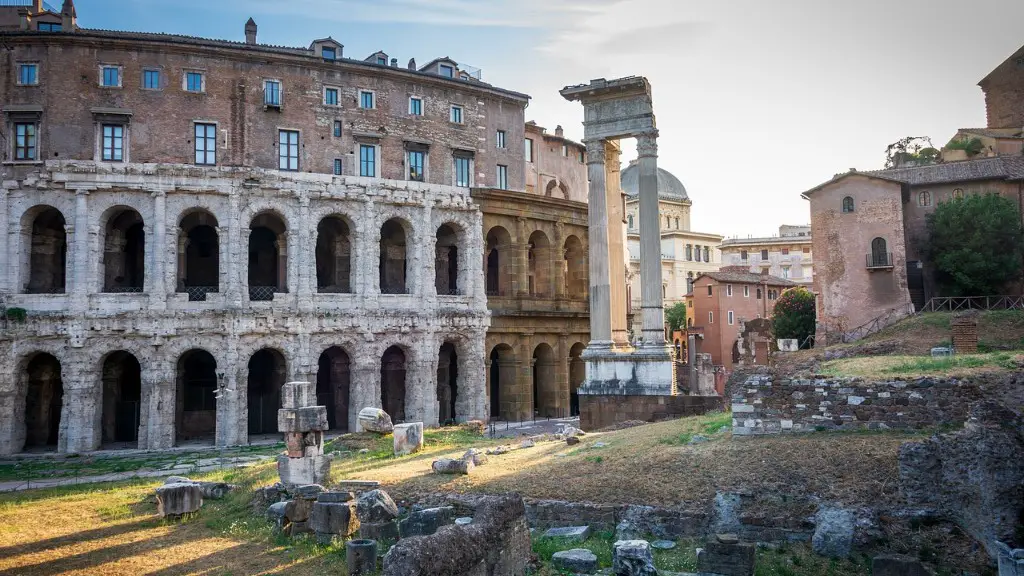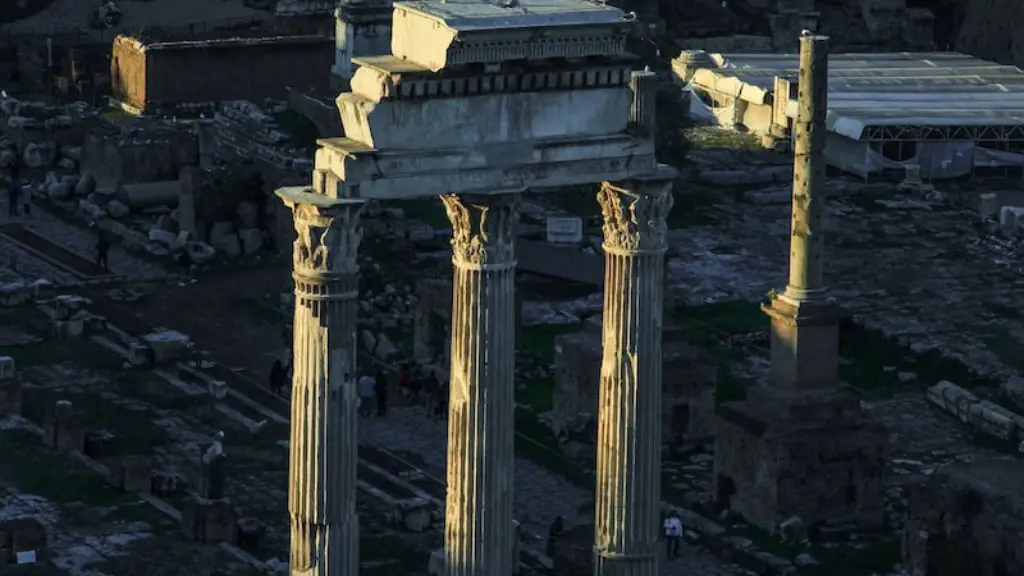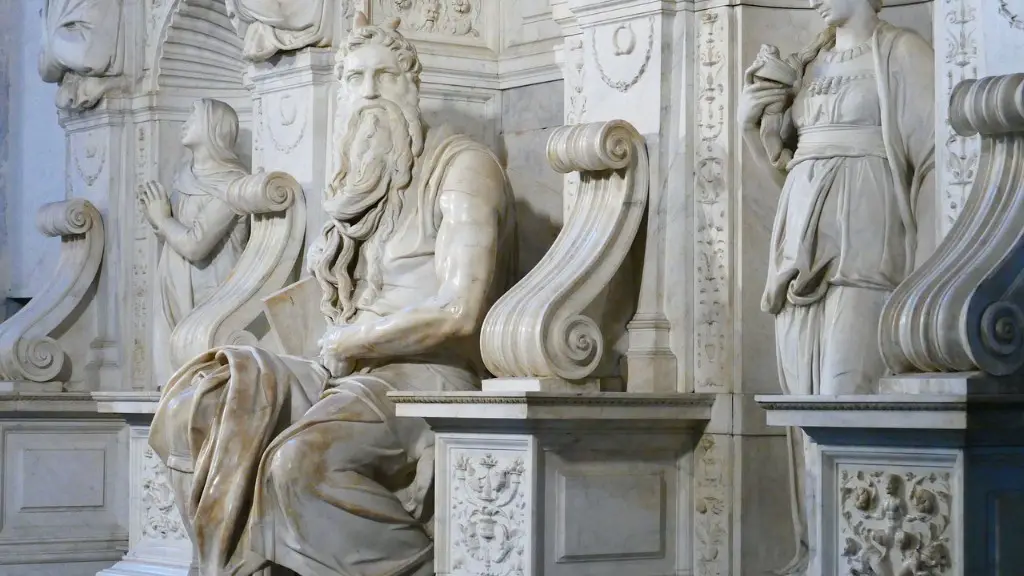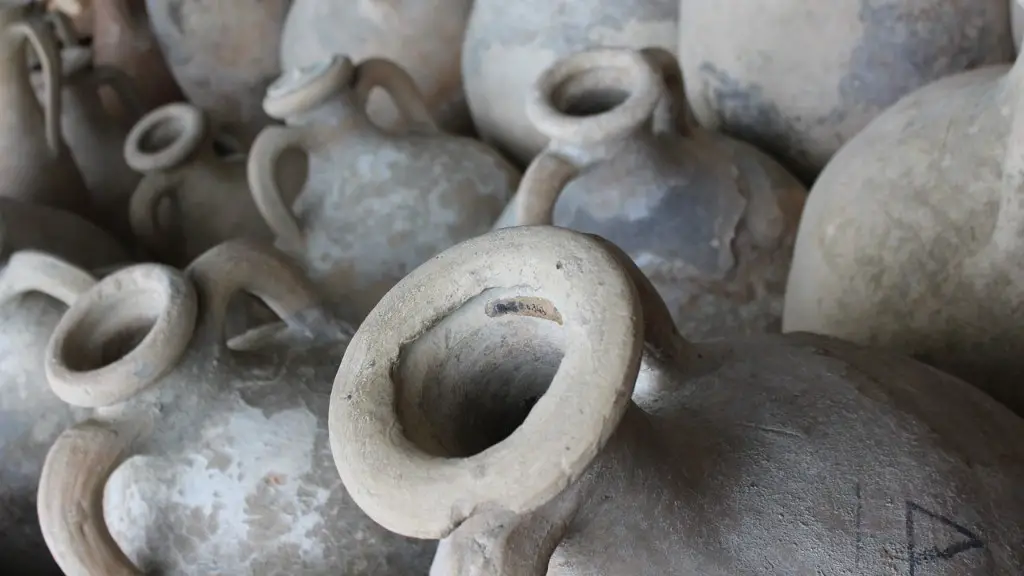Urban Contrasts in the City of Rome
Rome is one of the oldest cities in the world and was once the centre of the Roman Empire. This city was renowned for its majestic architecture and its highly stratified social system. It was also a city of contrasts, with extreme wealth and poverty existing side by side. These contrasts between the privileged and the destitute were a reflection of the unequal power dynamics and the economic disparities within the Roman Empire.
In its heyday, Ancient Rome was an advanced society, with infrastructure that was ahead of its time. Its roads, bridges, sewers and aqueducts were unparalleled and its monuments were symbols of grandeur. Its famous examples of architecture such as the Colosseum and Circus Maximus were built to accommodate the social activities of its political elite, a stark reminder of the city’s vast inequality.
The rich were able to reap the benefits of the infrastructure Rome had to offer. They enjoyed running water, baths and sewerage systems. They had the luxury of indulging in rich cuisine, fine wines and exotic forms of entertainment. On the other hand, the poor lived in squalor with limited access to these amenities. Many of them were forced to live in poorly constructed tenements that lacked even the most basic facilities.
In addition, the Roman Empire relied heavily on slave labour for much of its economic activity. Slaves were usually brought in from conquered territories and were often sent to Rome as a form of payment for wars won. This practise contributed further to the city’s inequality, with most slaves forced to live a life of poverty, while the elite enjoyed freedoms unprecedented by the standards of the time.
Ancient Rome remains famous for its urban contrasts, something that still resonates with scholars and historians to this day. The city had a bountiful and delicate balance between wealth and poverty, aristocracy and servitude. In many ways, this served to demonstrate the different strata of Roman society, while at the same time underscoring the imperialistic ambitions of its rulers.
Artistic Creations of the Elite
The city of Rome was renowned for its artistic creations, from its impressive structures and monuments to its intricate and elaborate paintings. These works of art were mostly found in the palaces and homes of the Roman elite, serving as a powerful visual statement of their authority. The architecture in particular was a subtle reflection of their greatness, with many structures and buildings reaching to the heights of grandeur. These vast works of engineering mirror the extent of the city’s resources and the ambition of its architects.
It is also worth noting that many of these buildings were designed to intimidate and impress visitors. This was particularly true of the forums, which were built as a symbol of power and strength. Similarly, large columns and arches were common features at many Roman churches and public spaces, further reinforcing the notion that Rome was a city of wealth and extravagance.
Most of these lavish creations were also used to create a false image of the Roman lifestyle, obscuring the stark contrasts between the haves and the have-nots. The various monuments, sculptures and artwork presented a world that was more luxurious and grand than it really was. This in turn served to enhance the power of the powerful, while obscuring the harsh realities of what life was like for the poor and destitute.
In this way, the artistic creations of the Roman elites served to both enforce their authority and disguise the inequalities of Roman society. Through ostentatious structures and monuments, the elite were able to fool visitors into believing Rome was a city of considerable wealth.
Economic and Political Motivations of the Elite
The Roman elite were able to amass great wealth and power with the help of the Roman government. This was largely due to the various laws and regulations that were implemented by the government in order to facilitate a form of aristocracy.
Most of these laws were in favour of the ruling classes and allowed them to amass large amounts of wealth at the expense of the lower classes. Furthermore, they were able to reap large profits from trade and investments, which enabled them to expand their influence further. The result was a city filled with contrasts between the haves and the have-nots, a reality that was distinctively Roman.
The government itself also provided an avenue for the elite to secure their power as well. With their newfound wealth, the ruling classes were able to manipulate the political landscape to suit their agenda. They acquired positions of power in the Senate, created laws to benefit themselves, and were able to keep the lower classes in check.
In this way, the Roman elite were able to maintain the economic and political contrasts that were so characteristic of Ancient Rome. By using their political and economic clout, they were able to ensure a balanced yet unequal society that favoured the wealthy and powerful over the poor and powerless.
Perspectives from Modern Scholars
Modern scholars have often viewed Rome’s contrasts as a reflection of its imperial ambitions. Historian John Soane has described the city as a place “where the highest and the lowest can be found, side by side in the same city.” Similarly, Professor Margaret McNamara has suggested that Rome’s contrasts are a testament to the power of the Roman Empire and its ability to create a city for everyone.
This perspective has also been echoed by other scholars. For instance, Professor Jody Harrison has argued that Rome’s contrast between the wealthy and the destitute is a “reminder of the tremendous power that comes with great wealth.” This has led many experts to conclude that Ancient Rome was a city of grandeur and inequality, a reality that can still be seen in many cities today.
It is clear to see why Ancient Rome was a city of contrasts, a reflection of its powerful rulers and their ambitions. While this city was once a symbol of grandeur and luxury, it was also a place of inequality, a reality that still resonates with many of us today.
Effects of the Contrasts on Roman Society
The contrasts between the haves and the have-nots had a profound impact on Roman society. The wealthy elites held a large amount of power, as they had the power to dictate laws and regulations. This meant that the lower classes often had little access to the resources and opportunities available to the wealthy. As such, many of the lower classes felt oppressed and marginalised, their voices unheard and their rights disregarded.
In addition, the stark contrasts between the privileged and the destitute further reinforced the power dynamics of Roman society. This could be seen in the image of Roman citizens as either “good” or “evil”, depending on how much wealth they had. Those with money were perceived to be more “noble” and “deserving” than those without, creating an atmosphere of social inequality.
The contrasts between the wealthy and the poor were also one of the reasons why Roman society was so divided, with social tensions simmering beneath the surface. This was exacerbated by the fact that the Roman Empire was heavily influenced by class stratification, creating a “Us vs. Them” mentality within Roman society.
Legacy of the Contrasts
The contrasts between wealth and poverty in Ancient Rome have left a lasting legacy to this day. In many ways, this reflects the way in power and money continue to shape our modern societies. This can be seen not only in the extreme income and wealth inequality that exists in many countries, but also in the power dynamics that are often present in our societies.
Furthermore, the contrasts between the wealthy and the poor in Ancient Rome have provided scholars and historians with valuable insight into the way power and privilege could be used to manipulate an entire population. This has allowed us to better understand the complexities of power and social stratification, and how it can affect our lives today.
Finally, the contrasts between the elites and the lower classes in Ancient Rome have been a reminder of the need to strive for greater economic equality in our societies. Rome was a city of contrasts, both in its power dynamics and its economic disparities. It is thus important that we learn from its history, so that we can ensure a fairer and more just society for all.
